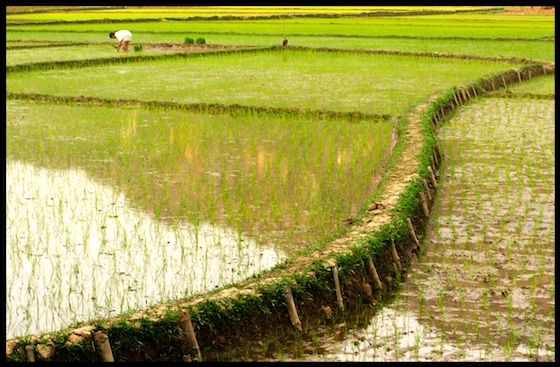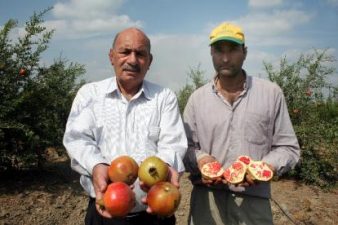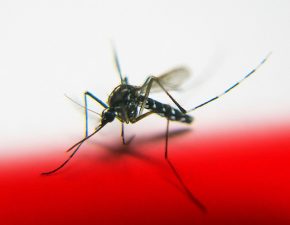Water shortages don’t bode well for agriculture in the Middle East, but a new rice variety developed in India could change all that!
Lack of water is a serious problem in the Middle East. It is felt in Egypt, where even the fertile valley of old can no longer feed a growing nation, in Gulf countries, where desalination floats entire populations, and in the Levant, where behind the scenes negotiations between Jordan, Israel, and Palestine trump politics in order to find water-sharing solutions.
Food grows where water flows, so these shortages don’t bode well for agriculture. Because of this, many countries in the region are gulping up land in other parts of the world, Africa especially, in order to secure food for decades to come. But a new variety of rice developed in India that requires 60% less water to grow and has nearly double the protein of conventional crops has us cautiously optimistic about our future.
The new hybrid rice called MAS-26 or aerobic rice may have a rather unappetizing name, but its potential as a new super crop is quite delicious. Unlike conventional varieties, it is able to go without water for up to 15 days, an excellent prospect for arid regions.
It is also more nutritious. Most of the rice currently available on the market only has 8% protein, whereas the aerobic rice has up to 15%. This means that it will take longer to digest and provide more energy. In addition to being a healthier option for children who require a lot of energy to get through the day, diabetics will benefit from eating fewer carbohydrates as well.
It can be harvested more quickly, and yields are comparable to existing rice crops.
There’s more. Rice fields are a major contributor to greenhouse gas emissions, which in turn are responsible for global warming and unsettling climate change. Given that it is the staple for several populations throughout the world, there’s no chance that we’ll stop producing rice any time soon. But aerobic rice emits less methane, so if planted at scale, it could have a resounding impact on overall GHG emissions.
But there’s a catch.
This crop has to go through trials before it will be available on the global market.
According to DNA India, researchers from the University of Agricultural Sciences (UAS) in Bangalore will put MAS-26 through farm trials within the next six months. If all goes well, this superpower rice could be served within the next two years!
images via chilombiano




Recommended reading : Who is the regional power in the middle east : Iran, Turkey or Al Jazeera Channel?
http://rencadesign.com/wp/2011/11/who-is-the-regional-power-of-the-middle-east-iran-turkey-or-al-jazeera-channel/